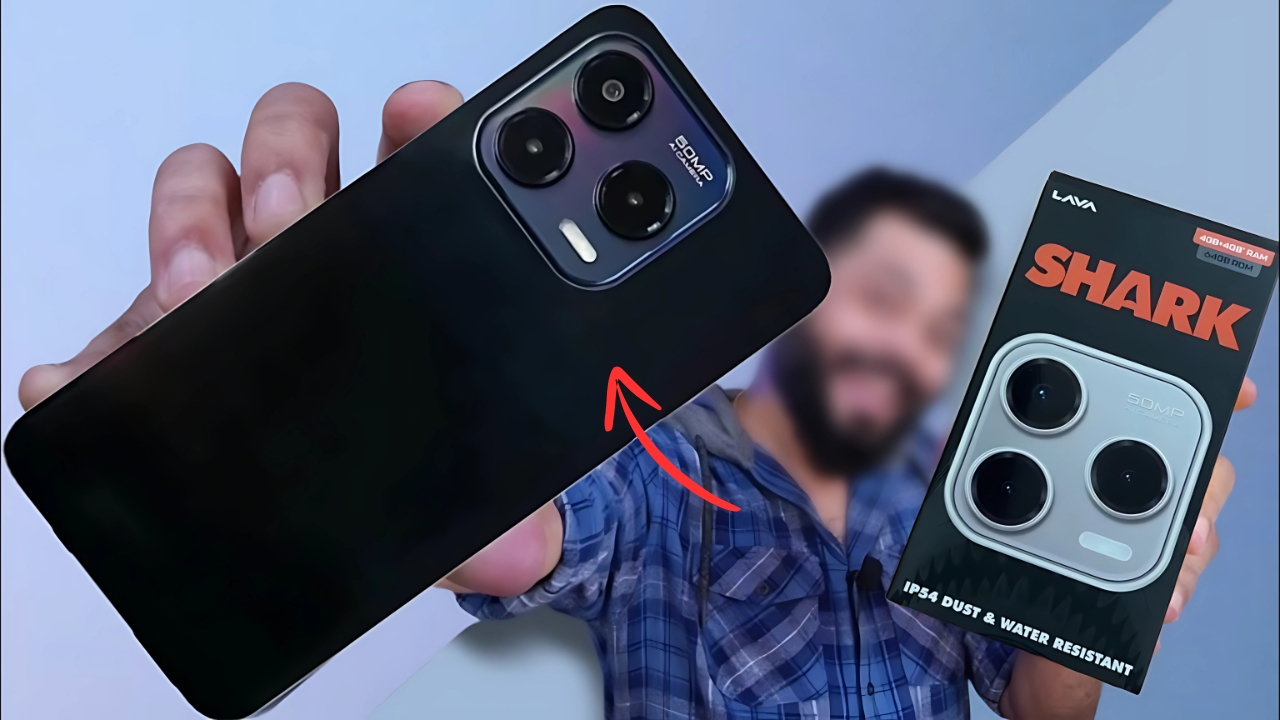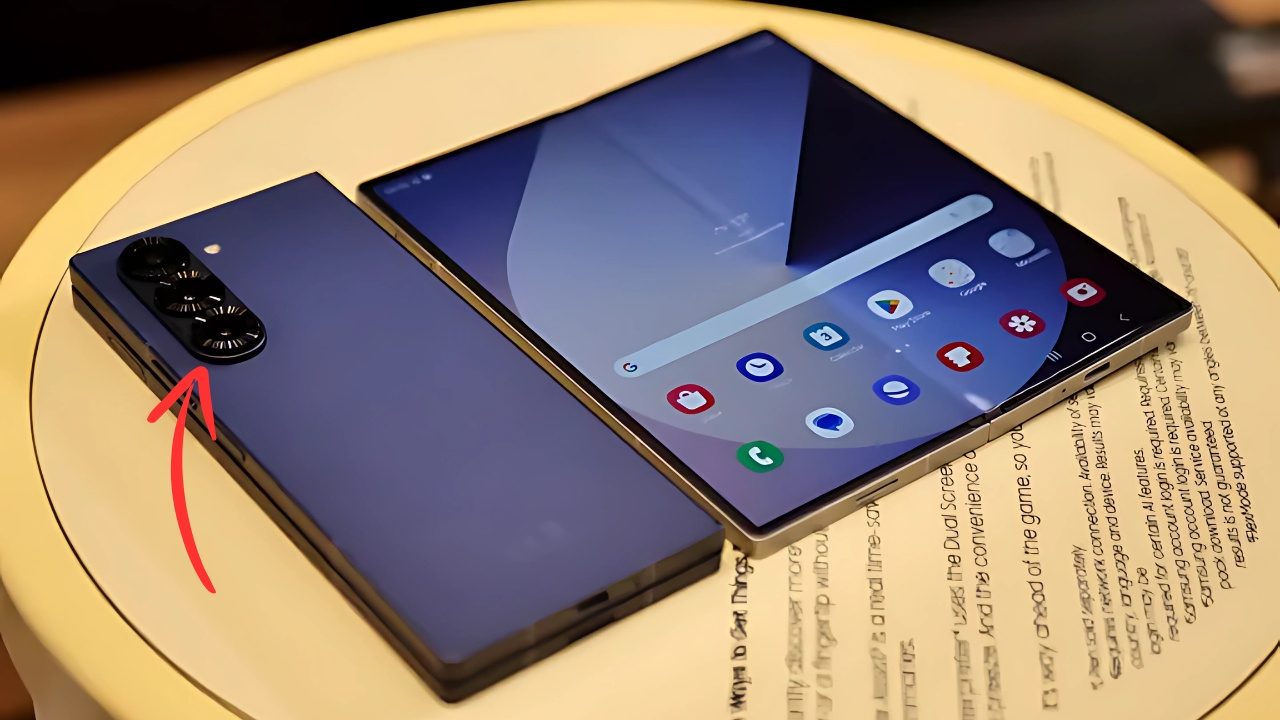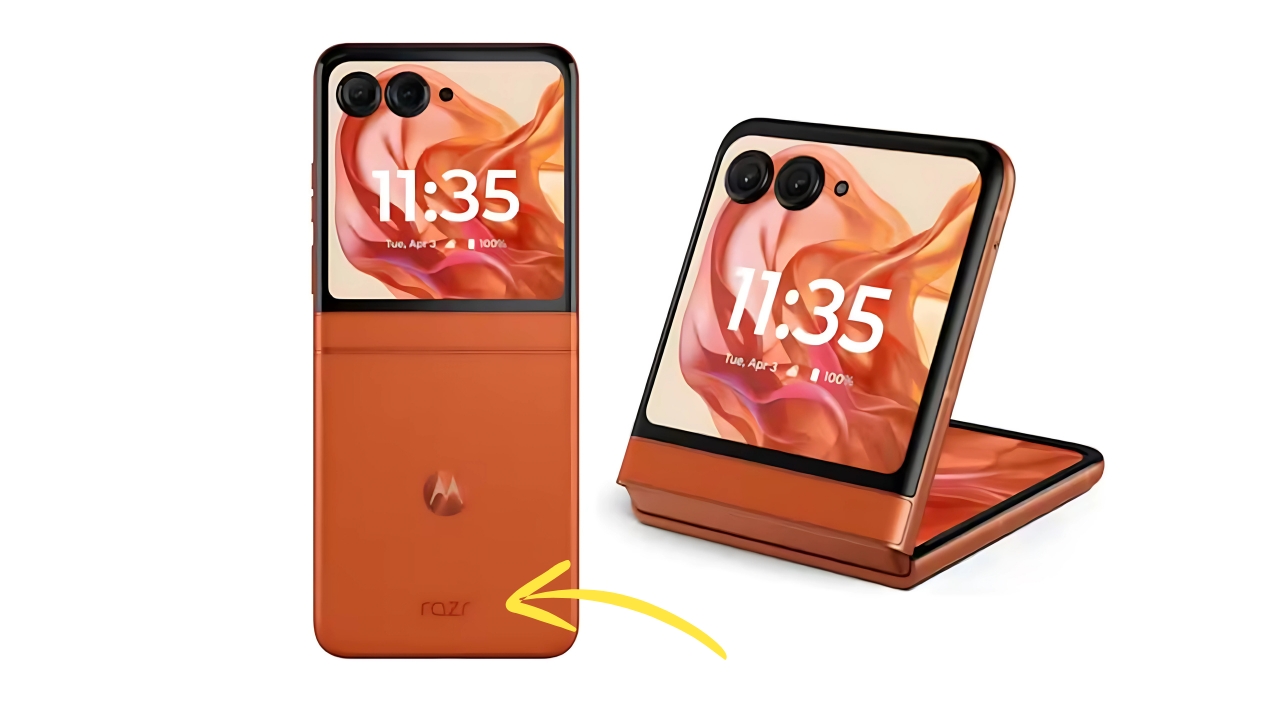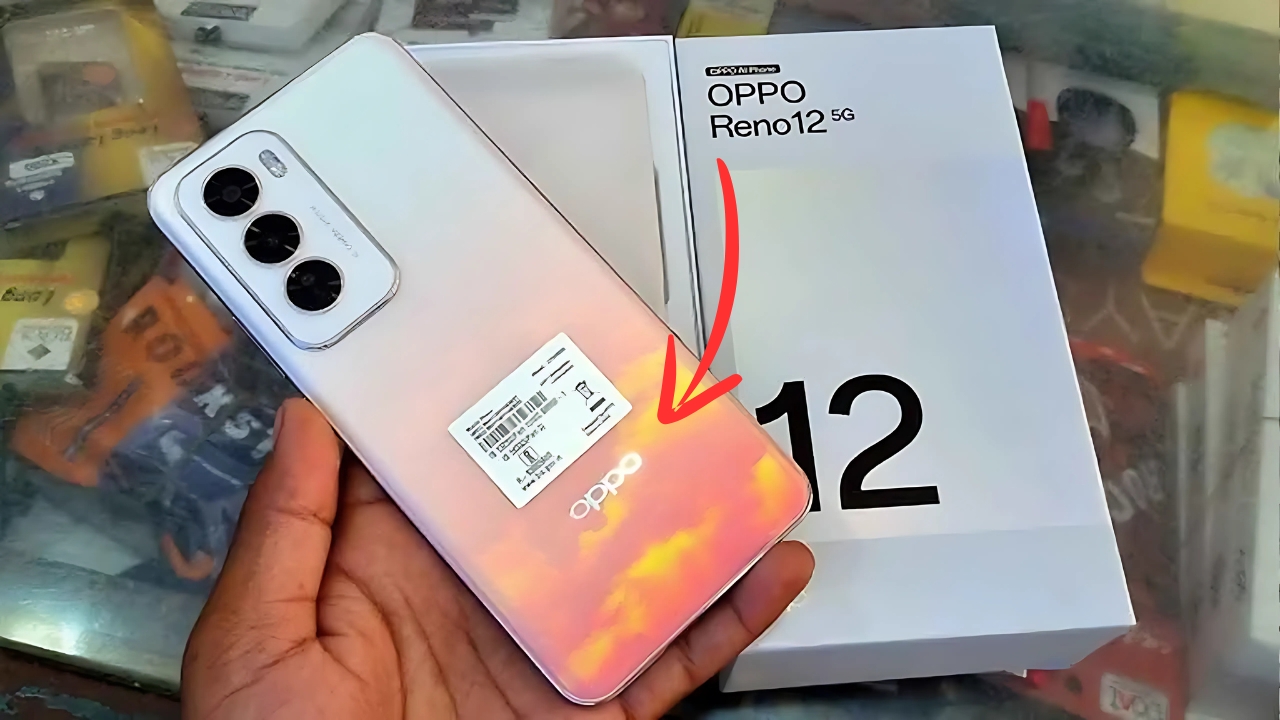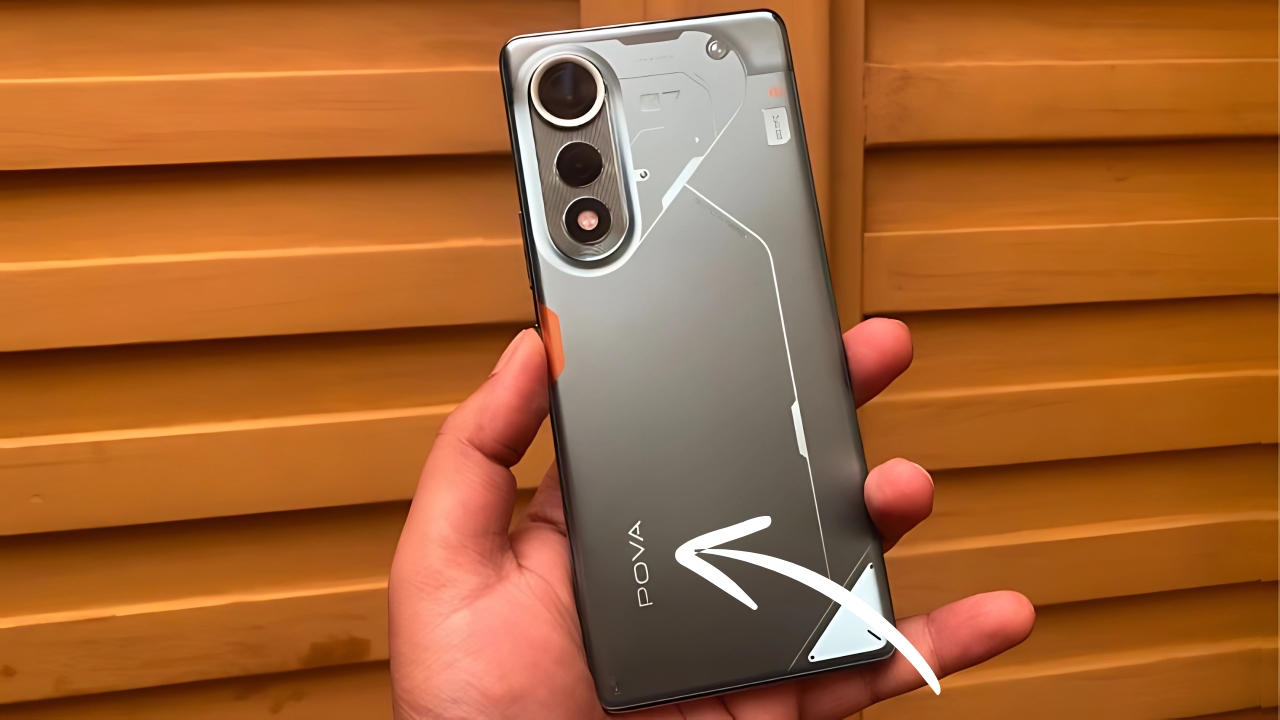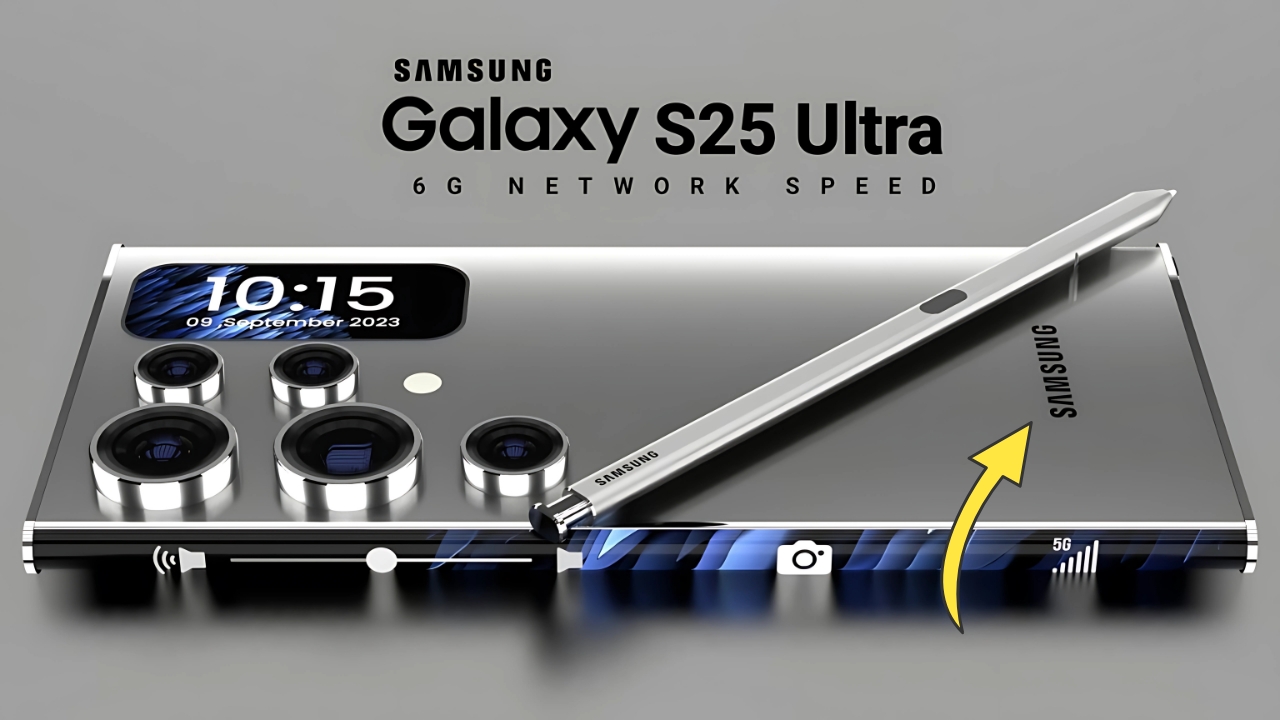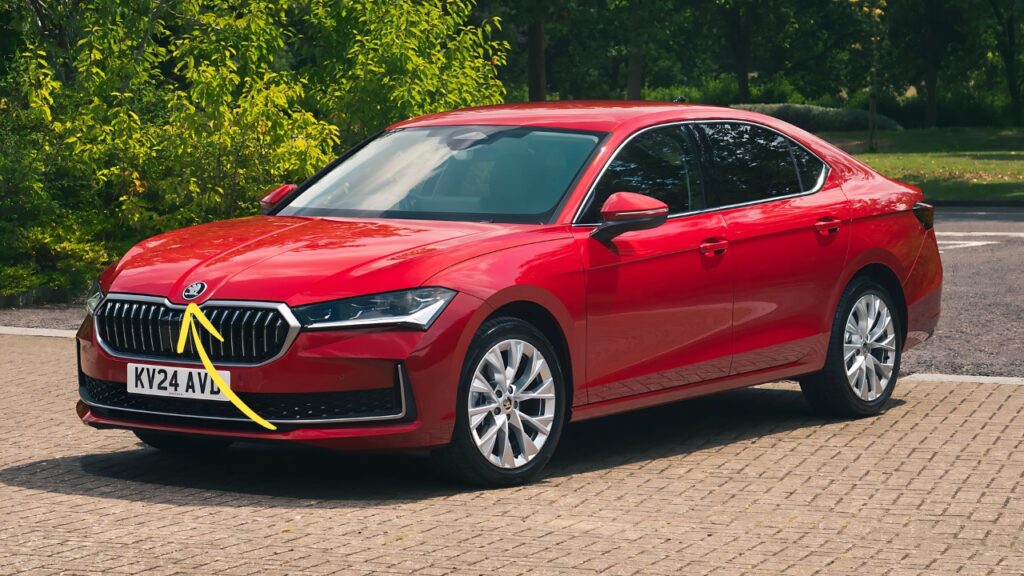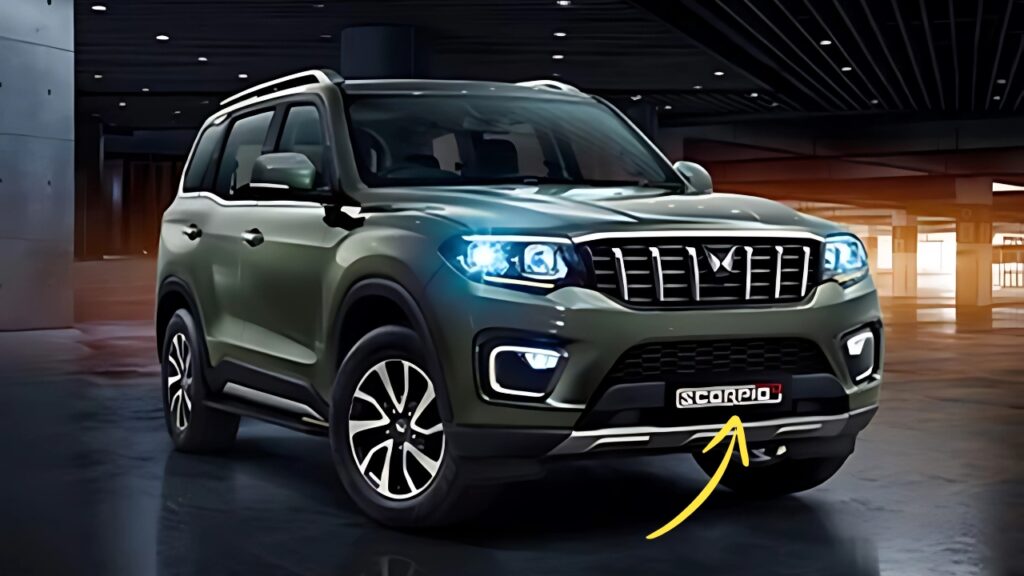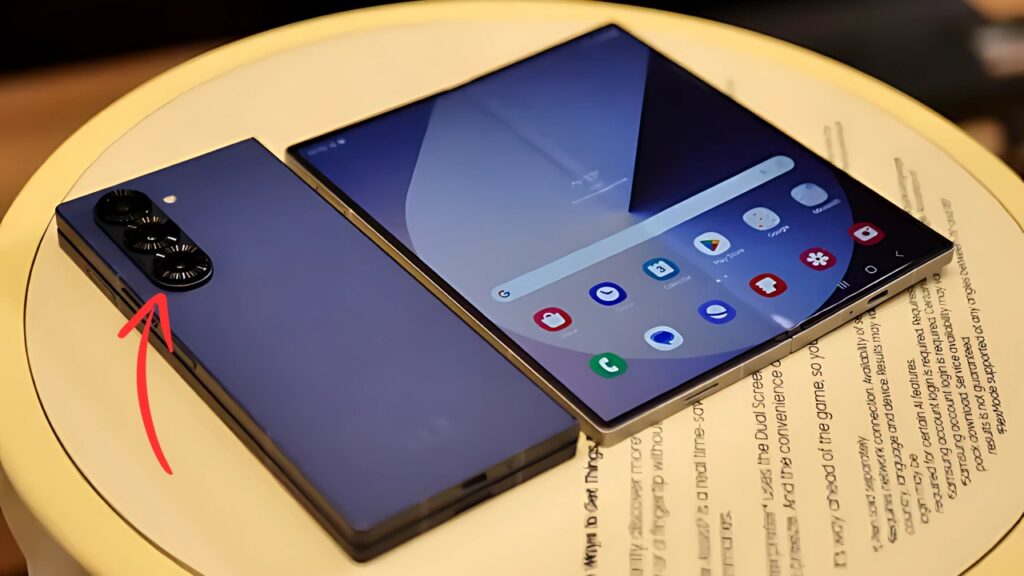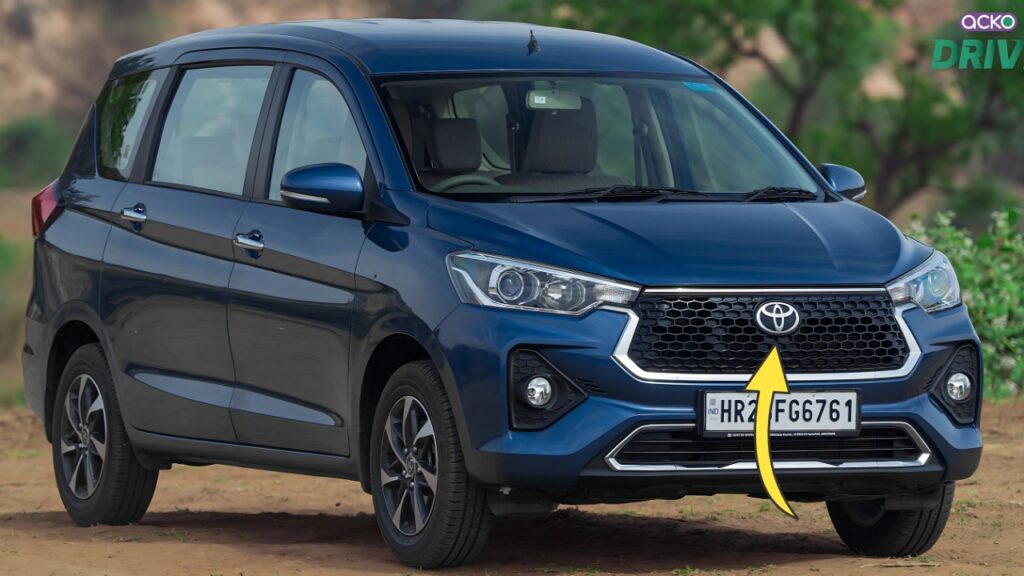Motorola Moto G24: The smartphone market has long been segmented between premium flagships and budget alternatives, with the latter often compromising significantly on quality and features.
However, Motorola’s G-series has consistently challenged this paradigm, offering respectable specifications at accessible price points.
The Motorola Moto G24 continues this tradition, presenting itself as a compelling option for cost-conscious consumers seeking reliable performance without breaking the bank.
Design and Build Quality
The Moto G24 embraces a design philosophy that belies its budget classification. The device features a plastic unibody construction that feels surprisingly substantial in hand.
While plastic doesn’t offer the premium tactile sensation of glass or metal, it provides practical advantages including enhanced durability against drops and lighter overall weight.
The front fascia houses a 6.56-inch display with reasonably slim bezels, interrupted only by a small punch-hole camera centered at the top. This design choice maximizes screen real estate while maintaining a modern aesthetic.
The rear panel sports a matte finish that effectively resists fingerprints and smudges, a thoughtful consideration for daily usability.
Motorola has maintained its distinctive camera island design, with a rectangular module housing dual cameras and LED flash. This visual consistency helps establish brand identity across price segments.
The device includes a side-mounted fingerprint sensor integrated into the power button, offering convenient and reliable biometric authentication.
Despite its budget positioning, the Moto G24 doesn’t skimp on practical features. It retains the increasingly rare 3.5mm headphone jack, acknowledging that many users in this segment still prefer wired audio solutions.
The inclusion of a USB-C port demonstrates Motorola’s commitment to modern connectivity standards even in their entry-level offerings.
Display Technology
The Moto G24 features a 6.56-inch HD+ IPS LCD panel with a resolution of 1612 x 720 pixels. While not matching the vibrant colors and deep blacks of AMOLED alternatives, the display delivers satisfactory performance for everyday tasks.
The 90Hz refresh rate represents a notable inclusion at this price point, providing visibly smoother scrolling and transitions compared to standard 60Hz panels.
The display achieves reasonable brightness levels, ensuring content remains visible in most indoor environments, though it may struggle somewhat under direct sunlight.
Color reproduction leans toward accuracy rather than oversaturation, which proves beneficial for content consumption and casual gaming.
Motorola has implemented several software enhancements to improve the viewing experience, including an adaptive brightness feature that intelligently adjusts screen luminance based on ambient lighting conditions.
The inclusion of a reading mode reduces blue light emission during extended text-based activities, demonstrating attention to user comfort.
Performance Capabilities
Under the hood, the Moto G24 is powered by the MediaTek Helio G85 chipset, an octa-core processor featuring two Cortex-A75 performance cores clocked at 2.0GHz and six Cortex-A55 efficiency cores operating at 1.8GHz.
This configuration delivers balanced performance for everyday tasks while maintaining power efficiency.
Complementing the processor is 4GB of RAM, providing adequate multitasking capabilities for light to moderate usage patterns.
The device handles basic applications smoothly, with minimal lag when switching between social media, messaging, and web browsing.
Memory management shows reasonable efficiency, though power users may notice background app refreshes during more intensive multitasking scenarios.
Storage configurations include 64GB and 128GB variants, with the welcome addition of microSD expansion supporting cards up to 1TB.
This flexibility allows users to store substantial media libraries without constant storage management concerns.
Graphics processing is handled by the integrated Mali-G52 MC2 GPU, which delivers acceptable performance for casual gaming.
While demanding titles require reduced graphics settings to maintain playable framerates, popular casual games run without significant issues.
This balanced performance profile aligns well with the expectations and usage patterns of the target demographic.
Camera System
Photography capabilities center around a dual-camera system consisting of a 50MP primary sensor and a 2MP macro lens.
The main camera utilizes pixel-binning technology to combine four pixels into one, effectively producing 12.5MP images with enhanced light sensitivity and reduced noise.
In favorable lighting conditions, the primary camera captures images with good detail and natural color reproduction. Dynamic range shows reasonable competence, though it predictably falls short of mid-range and flagship alternatives.
The camera software includes several AI enhancements that intelligently identify scenes and adjust parameters accordingly, improving shot consistency for casual photographers.
Low-light performance reveals the expected limitations of budget camera hardware, with noticeable noise and reduced detail retention.
However, the dedicated night mode somewhat mitigates these issues by combining multiple exposures, producing usable results that exceed expectations for this price segment.
The 2MP macro lens enables close-up photography at approximately 4cm distance. While the resolution limitation constrains detail capture, it provides a creative option absent from many competitors in this category.
The front-facing 8MP selfie camera delivers satisfactory results for social media sharing and video calls, with portrait mode offering reasonably accurate subject separation.
Video recording capabilities include 1080p capture at 30fps from both front and rear cameras. Electronic stabilization helps reduce minor hand movements, though more significant motion remains evident in footage.
Audio recording quality proves adequate for casual video documentation.
Software Experience
Motorola’s approach to software has long been a strength, offering a near-stock Android experience enhanced with thoughtful additions.
The Moto G24 runs Android 14 out of the box, with Motorola’s minimal customizations focusing on genuine user benefits rather than cosmetic alterations.
The company’s signature Moto Actions return, allowing intuitive gesture controls such as chopping twice to activate the flashlight or twisting the wrist to launch the camera.
These practical implementations enhance daily usability without introducing unnecessary complexity.
Motorola promises two years of security updates for the G24, demonstrating a commitment to device longevity that exceeds many competitors in this price bracket.
The clean software implementation contributes to system fluidity, allowing the modest hardware to deliver a responsive user experience.
The absence of bloatware represents another significant advantage, with Motorola avoiding the pre-installed third-party applications that often plague budget devices.
This restraint results in more available storage and reduced background resource consumption.
Battery Life and Charging
Battery performance stands as a highlight of the Moto G24 experience, with the 5,000mAh capacity easily delivering full-day usage for most users.
Even with moderate to heavy usage patterns, the device consistently provides 6-7 hours of screen-on time, eliminating battery anxiety for typical daily activities.
Charging capabilities include 15W wired charging, which replenishes the battery from empty to full in approximately 2 hours.
While not matching the rapid charging standards of premium devices, this proves adequate for overnight charging routines.
Motorola has implemented several software optimizations to extend battery longevity, including adaptive battery features that learn usage patterns and adjust power allocation accordingly.
The optional battery saver mode further extends runtime during critical situations by limiting background processes and reducing performance demands.
Connectivity and Additional Features
The Moto G24 offers comprehensive connectivity options including dual SIM functionality, 4G LTE support, Wi-Fi 5, Bluetooth 5.0, and GPS navigation.
The inclusion of NFC in select markets enables contactless payments, representing a notable feature at this price point.
Audio performance benefits from stereo speakers, delivering satisfactory volume and clarity for content consumption without headphones.
While bass response shows expected limitations, the overall audio experience exceeds many budget alternatives restricted to single-speaker configurations.
Water protection comes in the form of a water-repellent design that safeguards against minor spills and light rain, though it lacks formal IP certification for submersion resistance.
This practical approach balances manufacturing costs with real-world durability concerns.
Motorola Moto G24:
The Motorola Moto G24 represents a thoughtfully balanced entry in the budget smartphone segment, offering respectable performance across key metrics without significant compromises in essential functionality.
While it won’t satisfy users demanding cutting-edge specifications or premium materials, it successfully delivers reliable daily performance at an accessible price point.
Motorola’s software implementation remains a distinctive strength, providing a clean, intuitive experience that maximizes the potential of the underlying hardware.
The combination of decent battery life, acceptable camera performance, and modern design elements creates a compelling package for first-time smartphone buyers, secondary device users, or those with modest technological requirements.
In a market segment often characterized by significant compromises, the Moto G24 stands as evidence that budget smartphones need not sacrifice fundamental usability and satisfaction in pursuit of affordability.

